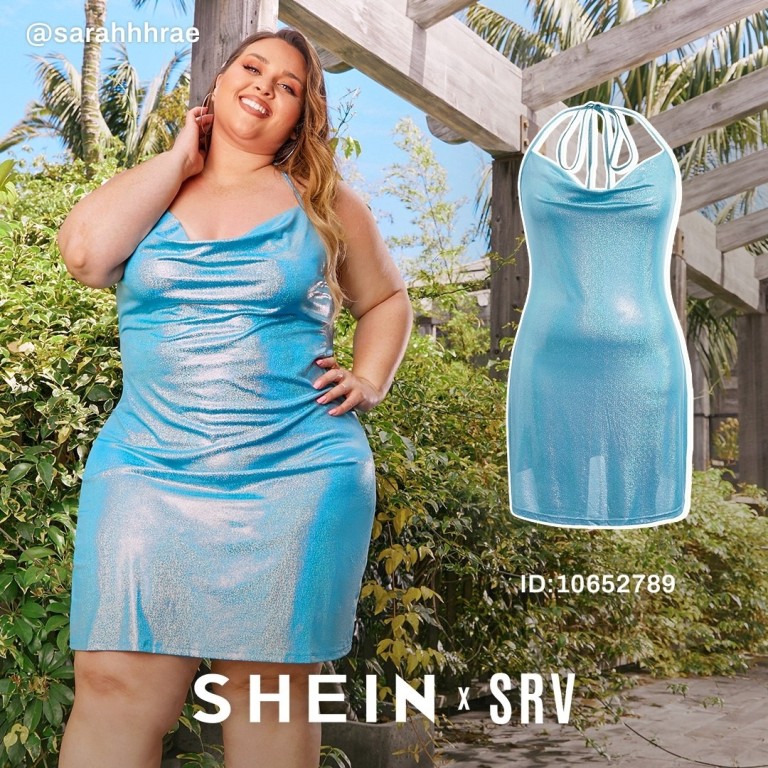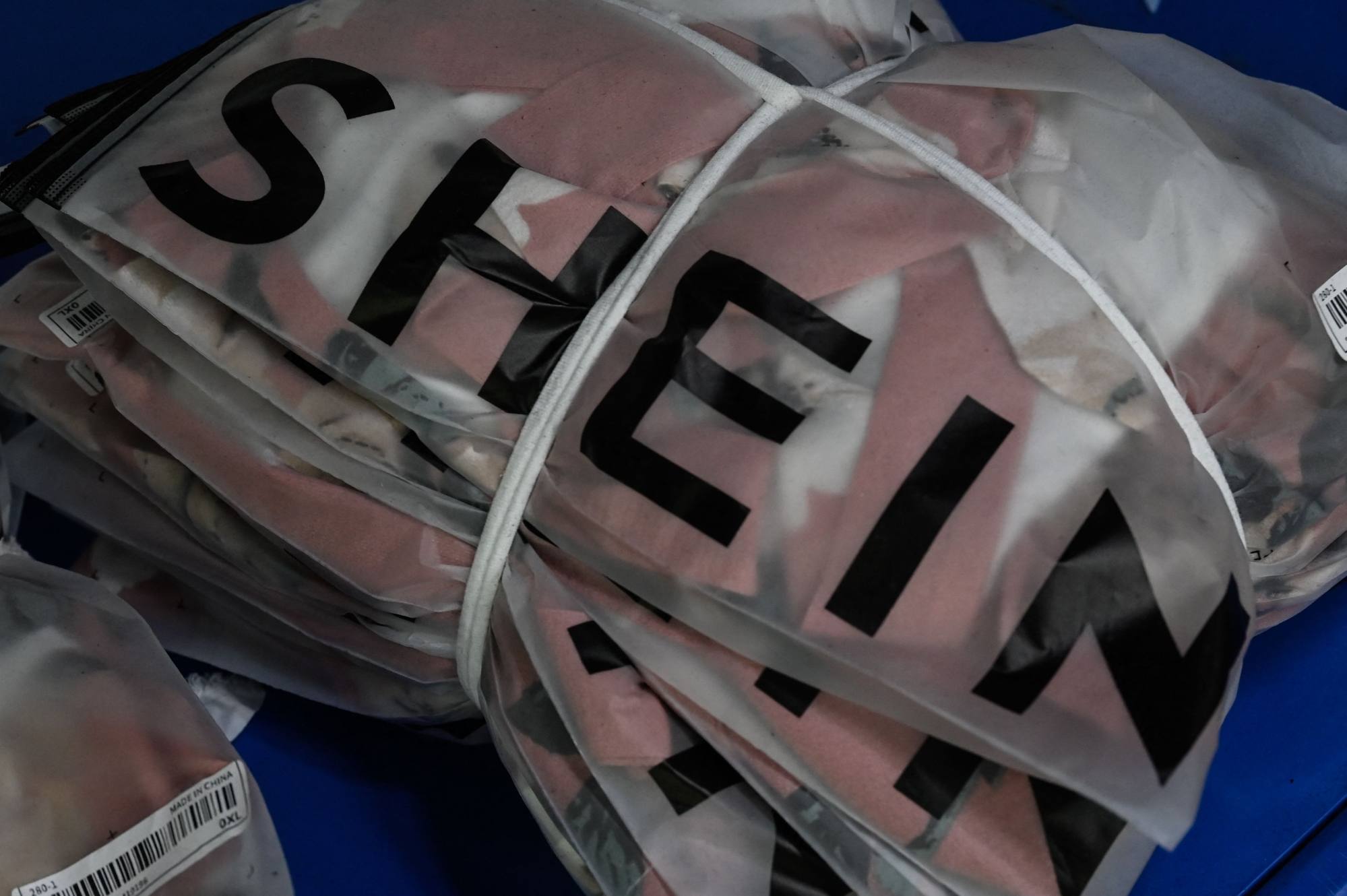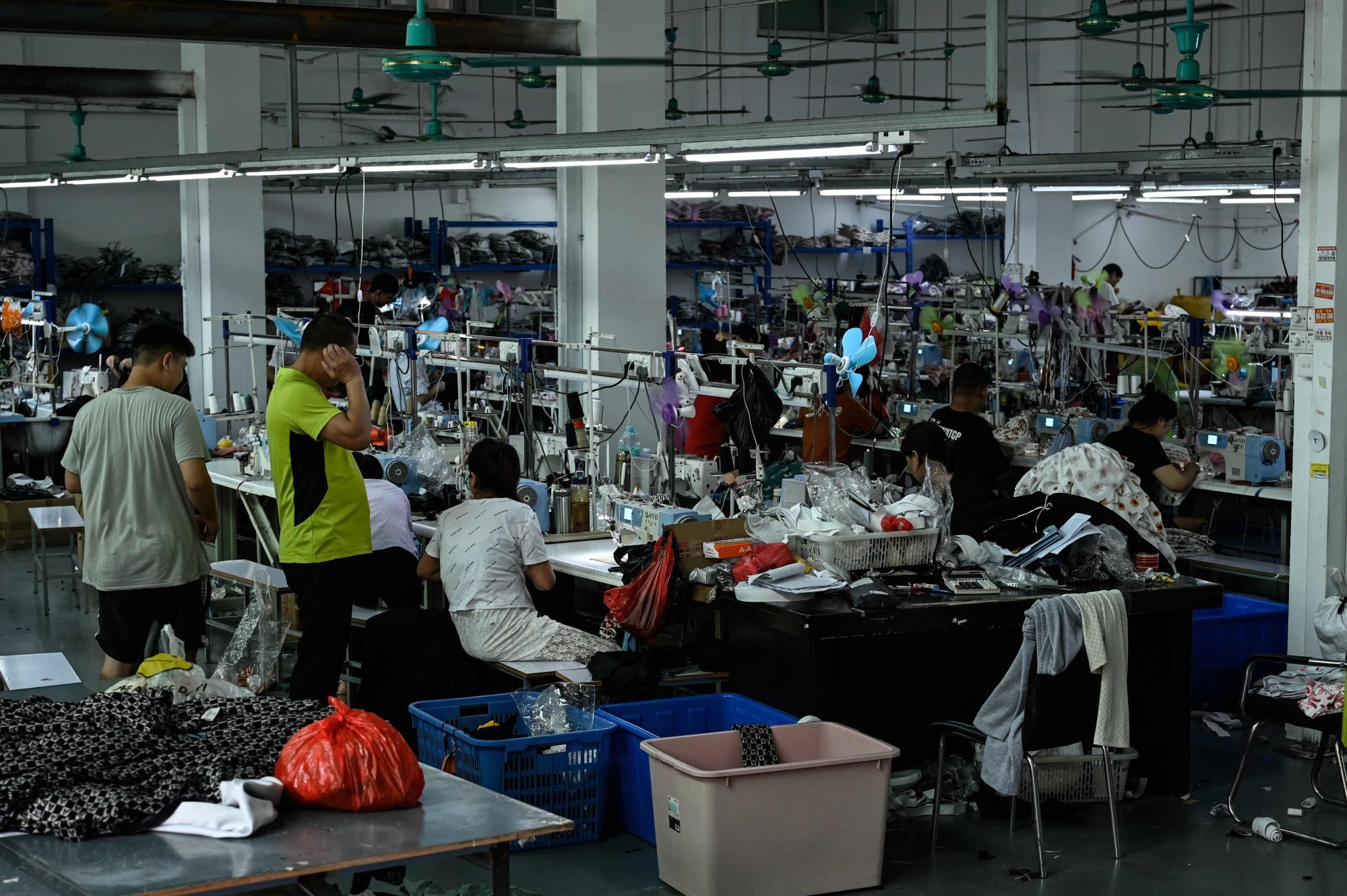
How ultra-fast fashion chains like Shein, Boohoo tempt Generation Z with cheap clothing, despite the environmental cost
- Fast fashion chains such as Zara and H&M are known for their negative environmental impact, but ultra-fast fashion takes disposable clothing to a new level
- Brands such as Shein and Boohoo are popular with under-25s, some of whom order their cheap clothes online, try them on for social media videos, then dump them
So-called “ultra-fast fashion” has won legions of young trendsetting fans, who snap up the relatively cheap clothes online amid surging inflation. But the genre masks dark environmental problems.
Britain’s Boohoo, China’s Shein and Hong Kong’s Emmiol operate the same internet-based business model – produce items and collections at breakneck speed and rock-bottom prices.
They are giving intense competition to more well-known “fast-fashion” chains with physical stores, such as Sweden’s H&M and Spain’s Zara. People under the age of 25 – widely known as Generation Z – love placing multiple orders for ultra-fast fashion, which arrive by post.
Greenpeace has, however, slammed the “throwaway clothing” phenomenon as grossly wasteful, arguing it takes 2,700 litres of water to make one T-shirt that is swiftly binned.

“Many of these cheap clothes end up … on huge dump sites, burned on open fires, along riverbeds and washed out to sea, with severe consequences for people and the planet,” the green pressure group says.
Photographs of mountains of shoddy clothing, returned to the vendor or dumped soon after purchase, have gone viral, highlighting the vast amount of waste.
Chinese brand Shein gains on high street brands Zara and H&M
Demand for low-priced garments has nevertheless soared because of the highest inflation rates in decades, while many Covid-hit high street shops with big overheads struggle to compete. And they are wildly popular: Shein generated US$16 billion in global sales last year, Bloomberg says.
Customers buy T-shirts for £4 (US$4.80), while bikinis and dresses sell for as little as £8 apiece.
For high-school student Lola, 18, who lives in the French city of Nancy, Shein shopping has become a cheap hobby. The brand allows her to follow the latest trends “without spending an astronomical amount”, she says, oblivious to the environmental cost.

Lola normally places two to three orders per month on Shein for about 10 items with an average combined value of €70 (US$71).
Ultra-fast fashion’s young target demographic – people like Lola – have less cash to spend. They “seek quantity rather than quality”, according to economics professor Valerie Guillard at Paris-Dauphine University.
Shein, which was founded in late 2008, now sells across the world, helped by its massive presence on social media. Customers post so-called “haul” videos online – where they try on Shein clothes and review them.

There are also similar videos on Instagram and YouTube. On TikTok alone, there are 34.4 billion mentions of the hashtag #SHEIN and six billion for #SHEINhaul.
Brands extend their reach via low-cost partnerships with a large number of people on social media to build trust and increase sales.
Irish social-media influencer Marleen Gallagher, 45, who works with Shein and other firms, praised them for offering broader size ranges than regular stores. “They are unrivalled when it come to choices for plus-size women,” she says.
Yet the industry has a reputation for devouring valuable resources and damaging the environment. Ultra-fast fashion companies have also been plagued by scandals over alleged poor working conditions in their factories.

Swiss-based NGO Public Eye discovered in November 2021 that employees in some Shein factories worked up to 75 hours per week, in contravention of Chinese labour laws.
Britain’s Boohoo also faced criticism following media reports that its suppliers were underpaying workers in Pakistan.
The French Agency for Ecological Transition estimates that fast fashion accounts for a staggering 2 per cent of global greenhouse emissions per year. That is as much as air transport and maritime traffic combined. The genre has attracted the anger of climate campaigner Greta Thunberg.
“The fashion industry is a huge contributor to the climate and ecological emergency, not to mention its impact on the countless workers and communities who are being exploited around the world in order for some to enjoy fast fashion that many treat as disposables,” Thunberg wrote last year.

.png?itok=arIb17P0)